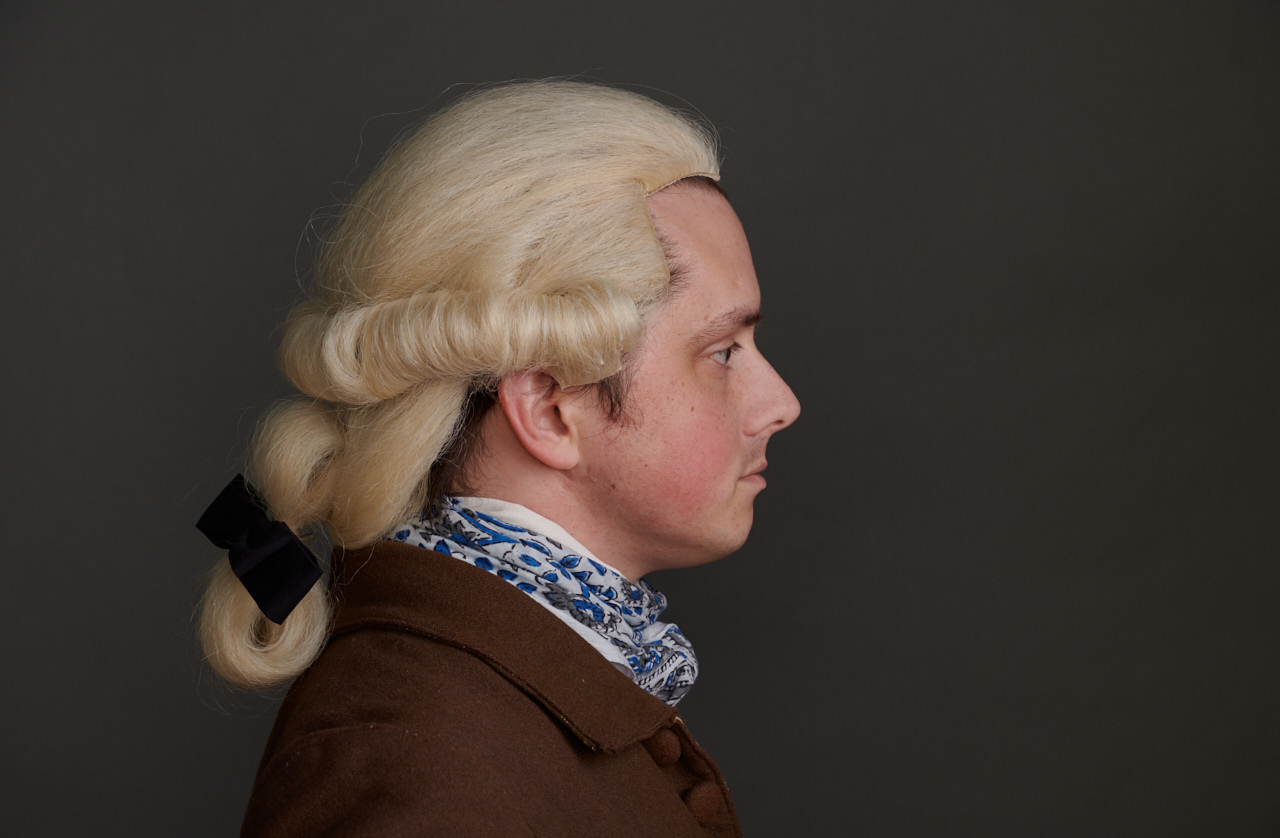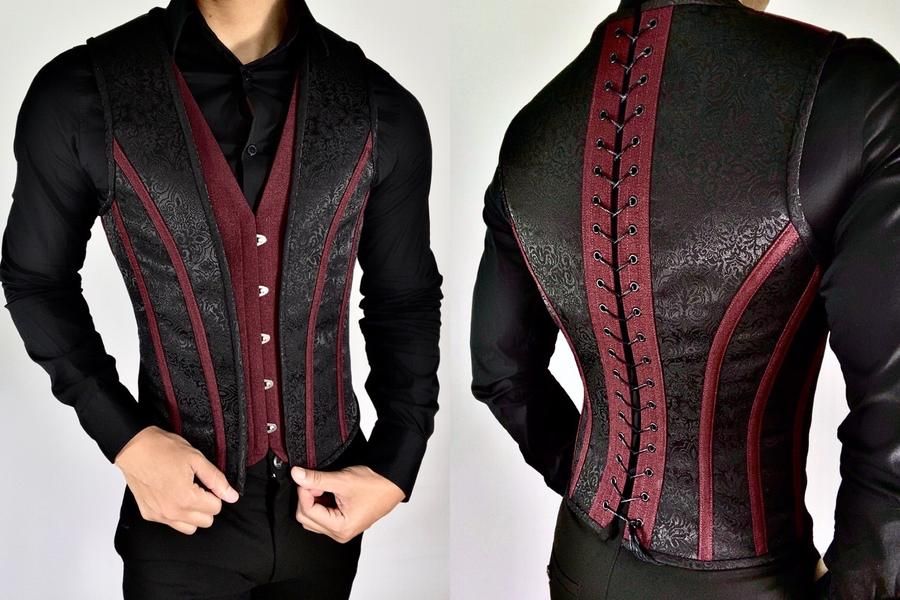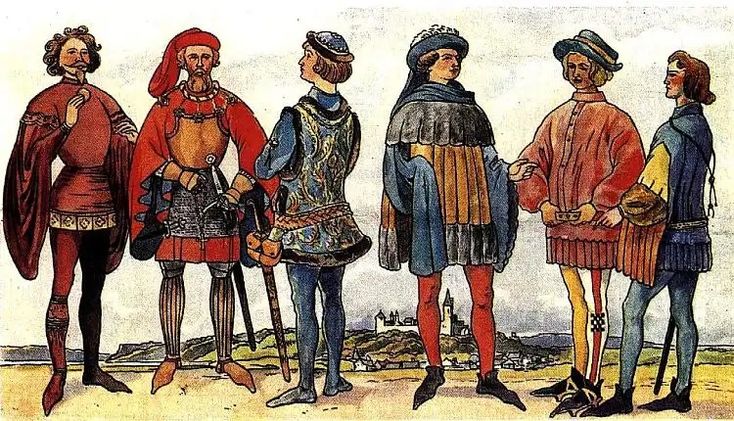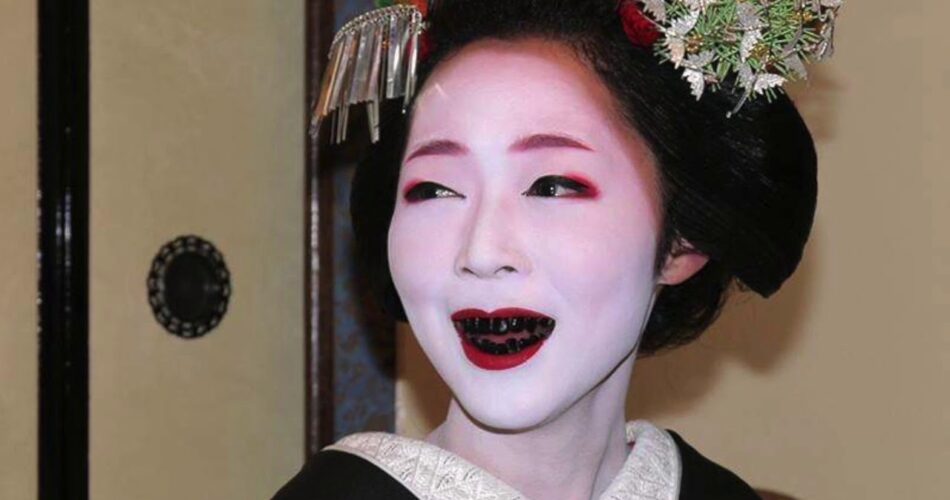The term fashion victim, that has been used in the recent past, suggests that the fashion industry is responsible for forming our lives and our views based on what’s “in” style. However, people in the previous centuries were much more controlled by fashion than we are today. When something was trending they were obligated to wear it, especially if they were at a certain social status. Bright Side would like to show you some of the most horrific and dangerous beauty and fashion trends that people used to practice not too long ago, even though they knew the risks.
Hobble skirts (1908 — 1914)
The hobble skirt was a very short-lived trend that lasted from 1908 — 1914. These skirts had a slightly narrow hem that would slow down the stride of the wearer and were comically called the “speed limit skirt” for obvious reasons. Some women would wear something called a fetter to keep their knees together and prevent falling. As this trend began to fade, many designers started offering new designs that allowed for better leg movement.

Ohaguro in Japan (250 AD — 1870)
The color black has always been considered beautiful in Japan and that’s why women used to dye their teeth black. Married women were obligated to dye their teeth right after their marriage. Iron fillings were inserted into a cup of tea until the iron oxidized and the tea would turn black. Then, some spices were added to cover the strong smell and women would drink this often to keep their teeth black. It is said that this practice was actually beneficial for their dental health. This custom lasted for thousands of years until it faded at the end of the 19th century.

Eyelash extensions using a needle (1899)
An article that was published in 1899 suggests that a way for women to make their eyes more attractive was to add eyelashes. The method for doing this was to have them sewn in: a needle was threaded with long hairs taken from one’s head and then sewn to the extreme edges of the eyelid between the epidermis and the lower border of the cartilage of the tragus. Before the procedure, the specialist would clean the lower part of the eyelid thoroughly and rub it with a solution.

Tapeworm diet (early 1900s)
During the early 1900s, it was popular among women to go on diets using tapeworm pills. Each pill contained one tapeworm egg, which later hatched, grew inside their intestines, and ingested most of the food that this person ate. This practice helped women lose weight while not cutting down on their calories. The dangers of this diet were intestinal blockages and the formation of cysts in their liver, eyes, brain, and spinal cord.

Lard for styling wigs (late 1700s)
In the late 1700s wigs were at the top of their game and people would do anything they could to make them stand out. In order to curl them they would use lard and hot tongs and then powdered them with lead. The hair would often go a long time without being washed, making it a friendly zone for lice and vermin. Many women used to wear cages around their heads during the night to keep mice away from their heads.

Male corsets (18th & 19th century)
While women had been wearing corsets since the 1500s, men started leaning toward them somewhere around the 18th century. Their corsets were used mainly to slim their figure, something that was popular from 1820 until 1840, when it was desirable for men to have tiny waists just like women. By 1880, the classic shape of the corset changed and turned into a stiff band with ribs that someone could attach to their trousers.

Crakows (15th century)
Long toed shoes have been in fashion in various periods in history, but Crakows were especially popular during the 15th century in spite of the heavy criticism from many people of that era. The toes were filled with stuffing to keep their shape intact, but the lack of comfort resulted in their ban in 1465. Shoemakers were also not allowed to make them anymore.

